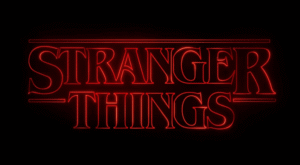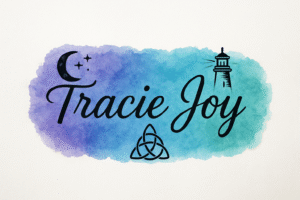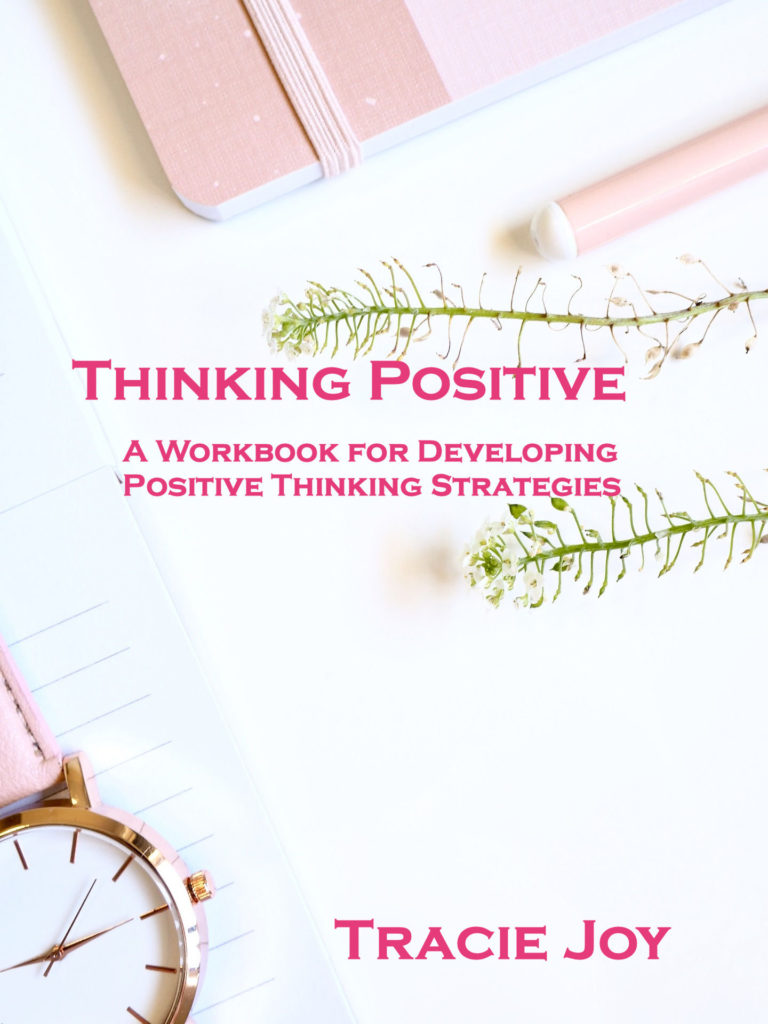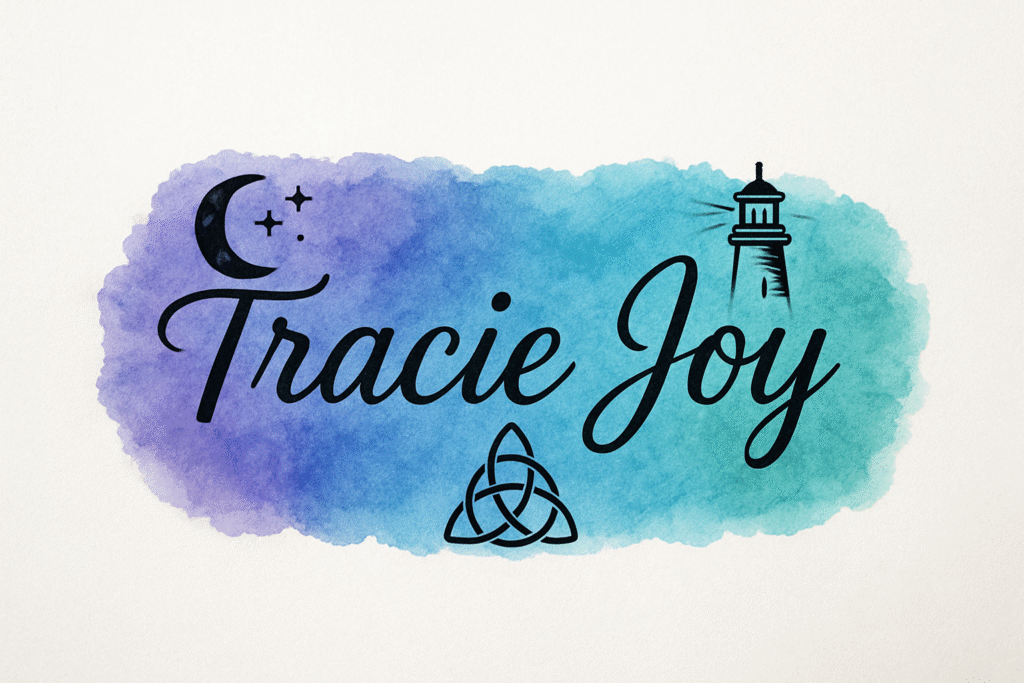How to Use Subplots to Strengthen Your Story
Layer your narrative with purpose, not padding.
Stories are never just about one thing. While the main plot drives the action, it is often the secondary threads that give a book its emotional richness. Learning how to use subplots to strengthen your story can turn a straightforward premise into a layered experience that feels alive and unforgettable.
What Are Subplots?
A subplot is a secondary storyline that runs alongside the central narrative. It usually follows supporting characters, a parallel conflict, or a personal struggle that illuminates the protagonist’s journey. Purposeful subplots deepen character, reinforce theme, vary pacing, and widen the world of the story.
Why Subplots Matter
- Character depth: We learn who a hero is when we see them at work, at home, and in private moments.
- Theme in action: Subplots can echo or challenge the book’s primary idea.
- Varied rhythm: Shifting to a subplot gives readers a breather without killing momentum.
- Higher stakes: Personal ties, friendships, and side goals raise the cost of failure.
If you want a compact primer while you draft, Reedsy’s guide to writing subplots pairs well with this walkthrough and shows practical story examples.
Types of Subplots
Romantic subplots
Romance can humanize a protagonist and test core beliefs. The key is purpose. If trust is the central wound, a romance that pressures trust will naturally serve the main story.
Character arc subplots
Sometimes the subplot is the inner journey. A detective who fears vulnerability might slowly open up to a partner. These beats create contrast with the external case.
Thematic subplots
These threads mirror or counter the main idea. If your theme explores the cost of power, a side character might choose service over control, which reframes the question for the hero.
Secondary character subplots
Giving meaningful progress to a supporting character makes the world feel lived in. Think of companions who complete their own small quests that intersect the climax.
Comic relief or tension builders
Lighter beats can release pressure after intense scenes. Laughter does not erase stakes when the humor springs from character.
How to Weave Subplots Seamlessly
1. Tie every subplot to the central question
Define the main story question, then write one sentence that explains how each subplot increases or clarifies that question. This alignment is the heart of how to use subplots to strengthen your story.
2. Plan the handoff beats
Transitions control pacing. End a main scene on a decision or reveal, then cut to a subplot scene that complicates the consequences of that decision.
3. Limit the roster
Two to three subplots are plenty for most novels. Too many threads can dilute focus. If a subplot does not alter choices or outcomes, consider trimming it.
4. Resolve subplots before or during the climax
Wind down secondary threads as you approach the final confrontation. Each resolution should change the resources, relationships, or resolve of the protagonist.
Case Studies
Pride and Prejudice
Main plot: Elizabeth and Darcy navigate first impressions, class friction, and evolving respect that leads to marriage.
Key subplots and what they do:
-
Jane and Bingley courtship: Mirrors the central romance in a gentler register. It reinforces the theme that good character wins out over social maneuvering. When Bingley leaves due to interference, it raises emotional stakes for Elizabeth and exposes Darcy’s misjudgment, which later fuels his growth.
-
Lydia and Wickham scandal: Acts as a powder keg for reputation and social risk. The elopement directly endangers the Bennet family’s standing, which forces Darcy to act with generosity and secrecy. That action proves his transformed character and clears the path for the main couple.
-
Mr. Collins and Charlotte marriage: Provides a pragmatic counterpoint to romantic ideals. It sharpens the book’s theme that marriage can be economic survival, which pushes Elizabeth to articulate her own standard for happiness.
Intersections with the main plot: -
Darcy’s behind-the-scenes intervention in the Lydia subplot becomes the decisive proof that shifts Elizabeth’s feelings.
-
Jane and Bingley’s reconciliation, engineered by Darcy, doubles as a practical test of his humility.
Why it works: Each subplot presses the same thematic question about love, status, and judgment, while also delivering plot pressure that forces the leads to make truer choices.
Writer takeaway: Pair at least one “mirror” subplot and one “counterpoint” subplot. Use their climaxes to trigger or validate the protagonists’ final decisions.
The Lord of the Rings
Main plot: Frodo must carry the Ring to Mount Doom and destroy it.
Key subplots and what they do:
-
Sam’s loyalty and growth: A character arc subplot that tracks steadfast courage. Sam’s choices repeatedly rescue the quest, which shows that quiet virtues can carry epic weight.
-
Aragorn’s path to kingship: A leadership subplot that broadens the political horizon. It turns victory into more than a single act of destruction. It becomes the re-founding of a just order.
-
Merry and Pippin among the Ents: A world-expanding subplot that awakens ancient powers. Their actions lead to Isengard’s fall, which reduces pressure on the main quest and changes the war map.
-
Gollum’s divided will: A tragic counter-arc that mirrors Frodo. Gollum shows the cost of long exposure to the Ring. His betrayal almost collapses the mission, and his final act becomes the dark instrument that completes it.
Intersections with the main plot: -
The victory at Helm’s Deep and the mustering of the West draw Sauron’s eye, which thins the defenses that Frodo and Sam must slip through.
-
Gollum’s choices test Frodo’s mercy and resolve in concrete ways, not only as theme but as scene-level danger.
Why it works: The subplots are not side quests for flavor. Each one either removes or adds real pressure on Frodo’s path, and each speaks to the central theme that small faithfulness can move history.
Writer takeaway: Use subplots to change the war map around your protagonist. If a subplot cannot alter the resource balance, the route, or the timing, raise its purpose until it can.
Stranger Things
Main plot: Kids in Hawkins face threats from the Upside Down while trying to protect each other and their town.
Key subplots and what they do:
-
Friendship fractures and repairs: Mike, Dustin, Lucas, Eleven, Will, and Max cycle through conflict and reunion. These beats humanize the supernatural stakes and keep the group’s emotional arc in motion even when
 the monsters are offscreen.
the monsters are offscreen. -
Joyce and Hopper investigations: Adult-side subplots that bring credibility, resources, and risk. Their choices unlock information the kids cannot access. Their partnership adds a romantic thread that raises personal stakes for the town’s protectors.
-
High school identity threads: Steve’s growth from shallow popular kid to protective mentor is a character arc subplot that widens the show’s heart. Robin’s friendship with Steve adds wit and emotional grounding. Nancy’s journalism pursuit brings investigation beats that intersect the main conflict.
-
Family dynamics and grief: Jonathan and Will’s home life, Eleven’s search for belonging, and Max’s trauma after loss provide tonal depth that justifies the darker sequences.
Intersections with the main plot: -
Nancy and Jonathan’s digging uncovers the lab’s role, which unlocks strategies against the gateways.
-
Hopper’s choices repeatedly open or close the path to rescue, and his personal risks turn climaxes into moral choices, not just creature battles.
-
Steve’s protective instincts keep key characters alive, which materially changes who can act in the finale.
Why it works: Each subplot either reveals information, adds allies, or increases vulnerability at the exact moments the main plot needs a turn. The show alternates tones with care, so the humor and teen drama relieve pressure without erasing it.
Writer takeaway: Give each subplot a job: reveal, resource, or risk. Then schedule intersections where that job changes the next main plot decision.
Structural Templates You Can Use
Three-act braid
Map the main plot beats, then insert subplot beats at rising tension points: introduce in Act I, complicate in Act II, resolve before the Act III climax feeds the finale.
Mirror and counterpoint
Create one subplot that echoes the hero’s flaw and one that challenges it. This pairing shows two possible outcomes and teaches readers how to read the theme.
Spoke and hub
Place the protagonist’s core goal at the hub. Each subplot is a spoke that feeds back into that goal with resources, allies, or new pressure.
For a concise craft overview you can skim between drafting sessions, see MasterClass on crafting subplots. Use it alongside the templates above to lock structure and purpose.
Practical Workflow: How to Use Subplots to Strengthen Your Story
- Name the main question: What must be decided by the end of the book?
- Pitch each subplot in one line: Describe how it pressures the same question.
- Assign a job to each subplot: Raise stakes, reveal theme, show growth, or widen the world.
- Schedule cross points: Place intersections where subplot outcomes force new main plot choices.
- Close the loops: Resolve subplots in ways that supply the final push into the climax.
This is the simplest path to mastering how to use subplots to strengthen your story without losing clarity.
Exercises
- Subplot map: Two columns. Left side, list core beats of the main plot. Right side, list subplot beats. Draw arrows where they collide.
- Purpose audit: Write a single sentence that proves each subplot changes the final outcome. If you cannot prove it, adjust or remove it.
- Beat swap: Trade the order of two subplot beats. Does momentum improve, or does focus blur? Keep the better flow.
- Cut test: Temporarily delete a subplot scene. If tension drops and theme softens, the scene is earning its space.
Common Mistakes and Simple Fixes
- Padding: Add purpose. Tie the subplot to a decision that changes Act II or Act III.
- Late arrival: Seed every subplot in Act I, even if it blooms later.
- Unbalanced attention: Aim for roughly twenty to thirty percent of pages devoted to subplots in most genres.
- Loose ends: Close or consciously leave a seed for a sequel. Do not leave threads hanging by accident.
Internal Resources for More Depth
For character growth that meshes with subplot design, read How to write compelling characters readers remember. For tonal control while you interleave threads, visit Balancing Humor and Drama in Fiction. Both posts complement the techniques here and show how to use subplots to strengthen your story through character and tone.
Final Thoughts
Subplots are not decoration. They are tools that focus your theme, intensify stakes, and reveal who your characters really are. When you plan their purpose, braid their beats, and resolve them with intention, you unlock the full power of how to use subplots to strengthen your story. Layer wisely, and your novel will feel richer, tighter, and more true to life.




3 Responses